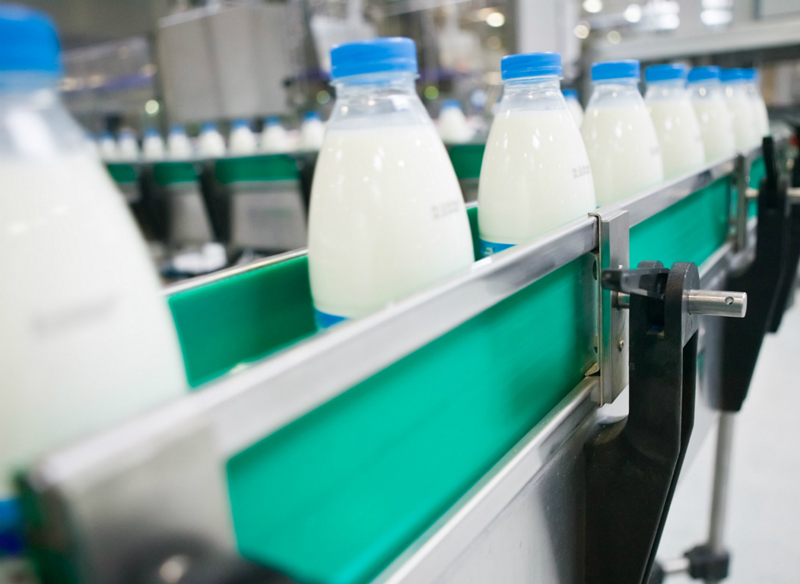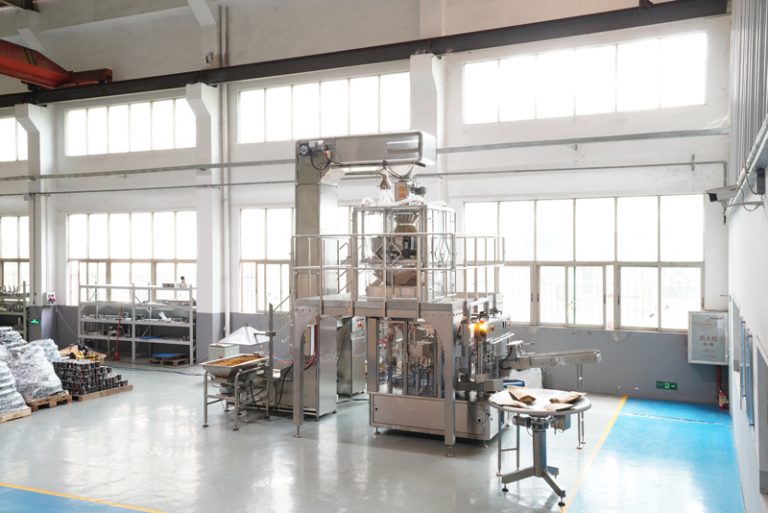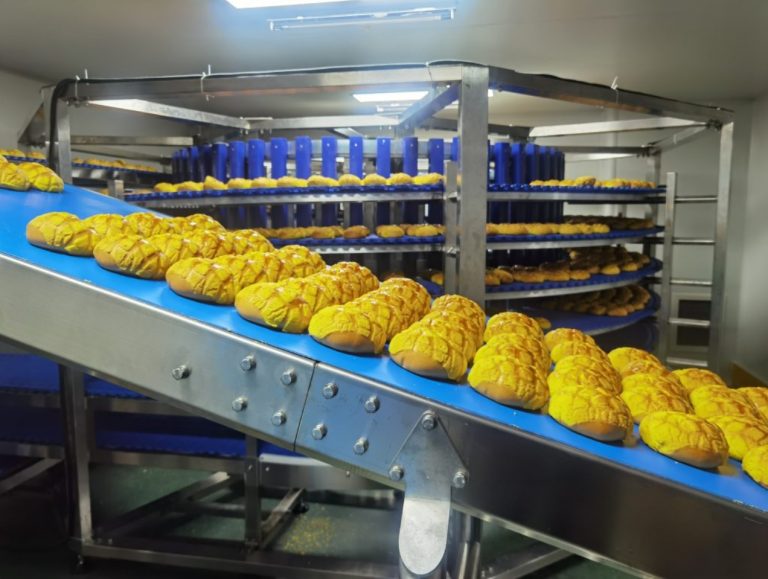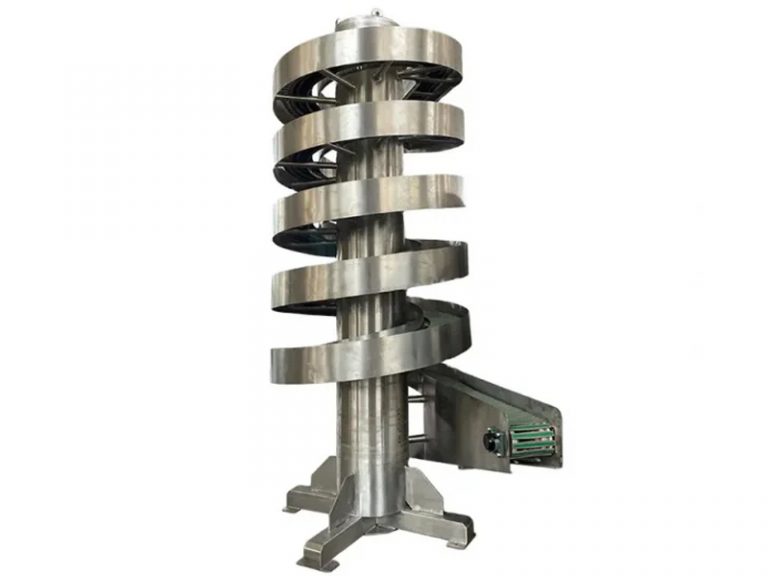In the vast landscape of modern industrial production, processing and packaging machinery, hygienic conveying systems, and precision filling equipment function like precisely crafted gears. Each plays a crucial role, jointly propelling the production process to operate efficiently and accurately. They are indispensable pillars for numerous industries to achieve large-scale and standardized production.
Processing and Packaging Machinery: Versatile Assets on the Production Line
Processing machinery serves as the initial driving force in the production chain, encompassing a diverse array of types to meet the processing requirements of various products. In the food industry, cutting, crushing, and mixing machines are widely utilized. For instance, automated cutting equipment employed by large-scale meat processing enterprises can precisely slice whole livestock into various cuts according to preset programs. This significantly enhances processing efficiency and accuracy, reducing errors and costs associated with manual operations. In the field of agricultural product processing, machinery for grain hulling, grinding, as well as equipment for washing, peeling, and juicing fruits and vegetables, transform raw agricultural products into forms suitable for further processing or direct sales.
Packaging machinery acts as the “image shaper” for products before they enter the market. The bag-feeding packaging machine, renowned for its high efficiency and flexibility, is widely applied in packaging granular, powdered, and liquid products. It can swiftly grasp bags, complete a series of operations such as material filling and sealing, and package dozens of products per minute. Modified atmosphere packaging machines extend the shelf life of food products by controlling the gas composition inside the packages. They play a vital role in preserving fresh meat, fruits, vegetables, and baked goods. Take bread packaging as an example; modified atmosphere packaging effectively inhibits microbial growth, maintains the soft texture of bread, and extends its shelf life from a few days to several weeks. In the daily chemical industry, the packaging of products like toothpaste and shampoo relies on vertical bagging machines and other equipment. These machines can accurately control the packaging volume, achieve exquisite packaging designs, and enhance the market competitiveness of products.

With the development of technology, processing and packaging machinery are advancing rapidly towards intelligence and automation. Today’s automated production lines can achieve seamless integration and precise control from raw material processing to product packaging through a central control system. Operators only need to input product parameters at the control terminal, and the equipment can automatically complete complex operations. This not only greatly improves production efficiency but also reduces the quality risks caused by human intervention. Meanwhile, the demand for personalized customization has prompted manufacturers of processing and packaging machinery to develop equipment that can quickly change molds and adjust parameters to meet the diverse requirements of different customers for product specifications and packaging styles.
Hygienic Conveying Systems: The Essential Link for Clean Production
Hygienic conveying systems play a vital role in industries with stringent hygiene requirements, such as food, pharmaceuticals, and daily chemicals. In food production workshops, from the transportation of raw materials to the transfer of semi-finished and finished products, hygienic conveying systems ensure that products remain uncontaminated during the conveying process. In beverage production, for example, empty bottles are transported from the bottle blowing workshop to the filling area via dedicated conveyor belts. These conveyor belts are made of food-grade materials, with smooth surfaces that are easy to clean, preventing the attachment of dust and microorganisms. During transportation, efficient disinfection devices, such as ultraviolet germicidal lamps, are installed to sterilize the bottles in real-time, ensuring that the bottles entering the filling process meet hygiene standards.
In the pharmaceutical industry, the production and transportation of drugs must adhere to strict GMP (Good Manufacturing Practice) requirements. Hygienic conveying systems adopt a sealed design to minimize the contact between drugs and the external environment and prevent cross-contamination. For example, in the production of solid dosage forms, materials are conveyed through fully enclosed pipelines or conveyor belts from the tablet pressing stage to the packaging stage. The interior of the conveying equipment is regularly cleaned and disinfected to ensure the quality and safety of drugs.
Hygienic conveying systems are also indispensable in medical settings such as hospitals. Medical intelligent logistics systems use tracks, pipelines, and other means to achieve rapid and accurate delivery of medical supplies, reagents, specimens, and other materials. In some large hospitals, the “mini-train” – like logistics system running on the ceiling can not only move up and down along the tracks, rotate 360 degrees, and turn smoothly but also features automatic disinfection technology to ensure that the transported materials remain uncontaminated. Its intelligent scheduling and tracking functions enable medical staff to monitor the transportation status of materials in real-time, improving the efficiency of medical services.
The conveying systems in the production of disposable hygiene products need to balance product characteristics and high-efficiency production. Take products like diapers and sanitary napkins as examples. These products have thick and thin ends after folding, and traditional stacking methods are not conducive to packaging and affect the appearance. New conveying systems for disposable hygiene products, through unique designs such as bending devices, make the thick and thin ends of products alternate during transportation, forming a stack with a consistent thickness. This not only enhances the aesthetic appeal of packaging but also meets the requirements of high-speed production, with a conveying speed of up to 200m/min or more.
Precision Filling Equipment: The Magician of Accurate Measurement for Liquids
Precision filling equipment focuses on the accurate filling of various liquid products and is widely used in industries such as food and beverage, pharmaceuticals, and cosmetics. In the food and beverage industry, whether it is bottled water, juice, carbonated beverages, or alcoholic products, strict requirements are placed on filling accuracy. Take bottled water production as an example; high-precision filling machines can ensure that the volume error of each bottle of water is controlled within a very small range, avoiding market disputes and cost waste caused by volume differences. In the filling of alcoholic beverages, filling machines not only need to ensure accurate volume but also consider factors such as foam control of the wine, the balance between filling speed and product quality. For example, the isobaric filling technology is used to equalize the pressure inside the bottle with that of the filling head when filling carbonated beverages, preventing the escape of carbon dioxide in the beverage and ensuring taste and quality.
The pharmaceutical industry has even more stringent requirements for precision filling equipment. The filling of vaccines, injections, and other drugs must be carried out in a highly clean environment, and the filling accuracy is directly related to the accuracy of drug dosage and the safety of use. For example, in the filling of insulin injections, filling machines use advanced metering devices to precisely fill insulin solution into syringes or vials, with the dosage error controlled at the microgram level to ensure the safety and effectiveness of patient medication.
The filling of products such as perfume, lotion, and essence in the cosmetics industry also relies on precision filling equipment. These products require not only accurate volume but also strict control over the packaging appearance and product residue during the filling process. For example, during the filling of perfume bottles, filling machines use high-precision peristaltic pumps or piston pumps to achieve micro – scale and precise filling, avoiding perfume residue at the bottle mouth and affecting the product appearance and brand image. At the same time, filling machines have flexible adjustment functions for different shapes and sizes of packaging containers to meet diverse packaging needs.
With the development of technology, precision filling equipment is constantly innovating and upgrading. Today’s filling machines mostly adopt advanced sensor technology and automated control systems, which can monitor various parameters during the filling process in real-time, such as liquid level height, filling speed, and pressure, and automatically adjust the filling process according to the feedback information to ensure filling accuracy and stability. Some high-end filling machines also have remote monitoring and fault diagnosis functions, facilitating equipment management and maintenance by production enterprises and further improving production efficiency and quality.
Processing and packaging machinery, hygienic conveying systems, and precision filling equipment complement each other in modern industrial production, jointly constructing an efficient, safe, and accurate production system. Their continuous development and innovation not only promote the improvement of production levels in various industries but also bring reliable – quality and beautifully – packaged products to consumers, becoming important driving forces for modern economic development. With the continuous progress of science and technology, these devices will surely demonstrate greater value and potential in more fields, helping various industries move towards a stage of higher-quality development.



